This paper focuses on the use of Al增加了微机电系统生物传感器的潜力,并为自动化,消费电子,工业制造,国防,医疗设备等开辟了新的机会。微机电系统微悬臂生物传感器目前正在进入我们的日常生活,并在社会技术的进步中发挥重要作用。与传统的生物传感器相比,具有微悬臂结构的微机电系统生物传感器具有许多优点,包括小尺寸,高灵敏度,批量生产,简单的阵列,集成等。I in various MEMS (Micro-Electro-Mechanical System) biosensor types. Al increases the potential of Micro-Electro-Mechanical System biosensors and opens up new opportunities for automation, consumer electronics, industrial manufacturing, defense, medical equipment, etc. Micro-Electro-Mechanical System microcantilever biosensors are currently making their way into our daily lives and playing a significant role in the advancement of social technology. Micro-Electro-Mechanical System biosensors with microcantilever structures have a num- ber of benefits over conventional biosensors, including small size, high sensitivity, mass production, simple arraying, integration, etc. These advantages have made them one of the development avenues for high-sensitivity sensors. The next generation of sensors will exhibit an intelligent development trajectory and aid people in interacting with other objects in a variety of scenario applications as a result of the active development of artificial intelligence (AI) and neural networks. As a result, this paper examines the fundamentals of the neural algorithm and goes into great detail on the fundamentals and uses of the principal component analysis approach. A neural algorithm application in Micro-Electro-Mechanical System microcantilever biosensors is anticipated through the associated application of the principal com-ponent analysis approach. Our investigation has more scientific study value, because there are currently no favorable reports on the market regarding the use of AI with Micro-Electro-Mechanical System microcantilever sensors. Focusing on AI and neural networks, this paper introduces Micro-Electro-Mechanical System biosensors using artificial intelligence, which greatly promotes the development of next-generation intelligent sensing systems, and the potential applications and prospects of neural networks in the field of microcantilever biosensors.
- microcantilever
- AI
- neural network
- biosensors
- 微悬臂
- 神经网络
- 生物传感器
1. 引言
1.Introduction
Sensor technology is evolving as a result of advances in science technology and the popularization of information technology. Sensor development has gone through three generations thus far. Structural sensors make up the initial generation of sensors. By utilizing the pertinent sensor system variables, this kind of sensor can convert the signal and detect changes in the signal. A solid-state sensor is the second kind of sensor and is made of semiconductors, electrolytes, and magnetic components. In the 1970s, this kind of sensor started to evolve. This generation of sensors, which currently account for about 75% of the sensor industry, are often characterized by low cost, high accuracy, and outstanding performance. The smart sensor that this paper primarily introduces is the third-generation sensor. Miniaturization and intelligence are currently the two major requirements for sensor systems due to the growth of the Internet and the improvement in human demands. Microelectromechanical systems (MEMS) are integrated at the nanoscale and microscale. As a result, MEMS sensors differ from conventional sensors in that they are miniaturized, integrated with microelectronics, and manufactured in parallel with great precision. The potential use of MEMS and nanotechnology in the sensing sector is typically thought of due to their lower size, simpler integration into systems, better portability, and mobility.
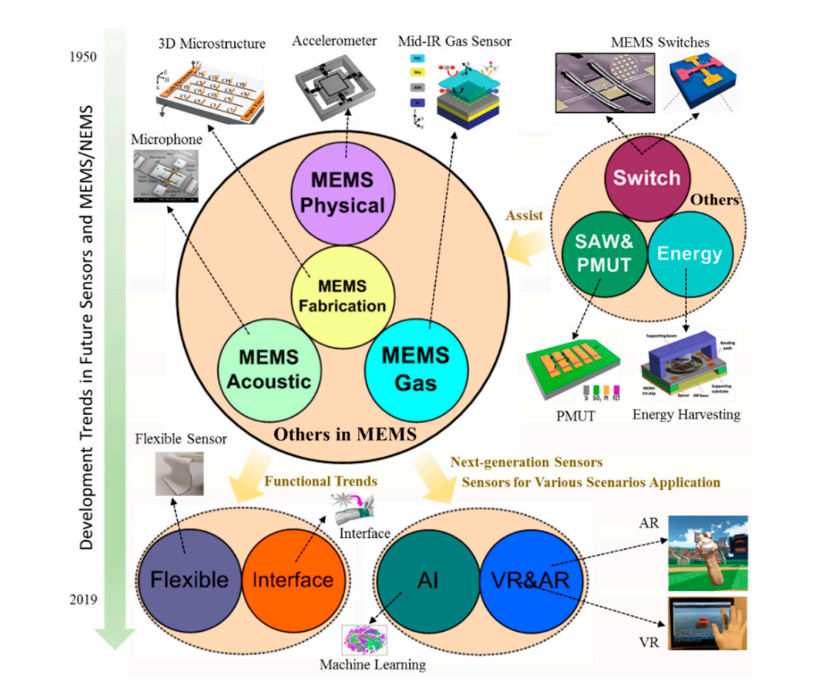
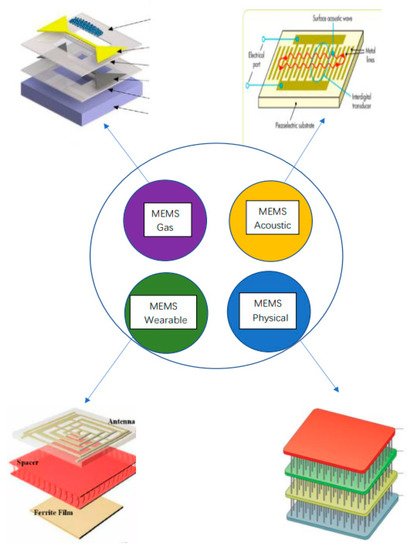
第2章 AI在生物感测器中的应用研究现状
2. Research State of AI Applications in Biosensors
Artificial intelligence has advanced quickly and is currently a popular field of study in technology. It uses densely connected networks to process information in a manner that mimics how the human brain processes information. It is capable of self-learning, parallel processing, and powerful information storage. The fields of application for artificial intelligence are growing as the field’s theory and technology mature. People are already able to see how artificial intelligence and MEMS sensors work together.Include Gas Sensing Fiel, Sound Detection Field, Body Sensor Field and Wearable Sensing Field etc.
气体感测领域
3. Research Status of MEMS Microcantilever Biosensors
Micro-Electro-Mechanical Systems, sometimes known as MEMS, are electronic mechanical systems. It is a microelectromechanical system that incorporates interface circuits, signal processing and control circuits, microsensors, and microactuators. The microcantilever biosensor operates on the theory that, when the material being tested adheres to or remains on its surface, the mass of the microcantilever changes, which causes the microresonant cantilever’s frequency to change. The quality of the test object can be determined by measuring the size of the frequency offset.
The benefits of the miniaturization, integration, intelligence, low cost, and mass production of MEMS microcantilever biosensors have made them popular in a variety of industries, including wireless communication 32, biomedicine 33, military defense 34, consumer electronics 35, and many more. It may be claimed that MEMS microcantilever biosensors, to a certain extent, represent the future development of sensor technology, because these advantages are consistent with the path of future sensor development.
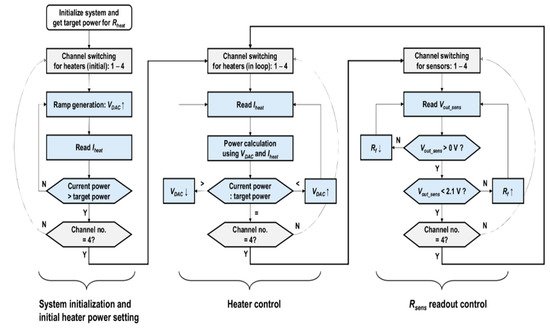
4. The Application Prospect of Neural Network in MEMS Microcantilever Biosensor
A type of sensor with significant current development potential is the MEMS micro- cantilever biosensor. Due to its benefits in miniaturization, integration, intelligence, low cost, and mass production, it has been extensively employed in wireless communication, biomedicine, military defense, consumer electronics, and other disciplines. It is now pos- sible to use high tech in microcantilever biosensors and spur their development in the present world, where computer science and technology are advancing one after the other.

Neural networks have advanced significantly in models, learning techniques, and ap plications in recent years. Due to its traits of self-adaptation, generalization, nonlin- ear mapping, and extremely parallel processing, it has been widely used in the field of smart sensors. The application increases the sensor’s intelligence and raises its level of intelligence.
2.2. 声音检测场
5. Application of Principal Component Analysis in Biosensors
The principal component analysis (PCA) has been employed for a long time as a fault neural network. It uses a vast network of extensive connections of a significant number of detection technique to extract pertinent data from multivariate sensors. The PCA has been neurons for information processing and simulates the information processing function of used to analyze multivariate data for a number of multivariate data analysis technolo-the human brain. It offers powerful parallel processing, information storage, and self-gies, including sensor process monitoring, quality control, and problem diagnosis.

6. Conclusions

穿戴式感测领域
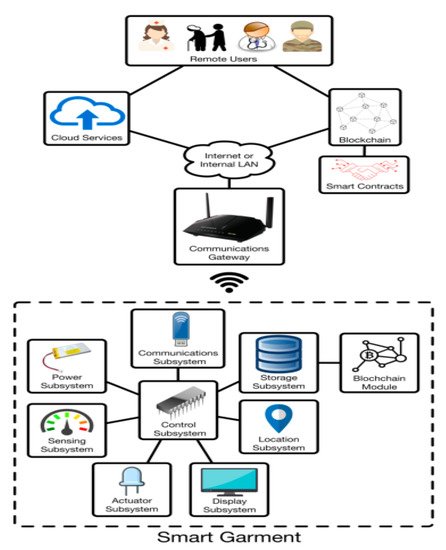
-
Communication gateway, exchanging information with smart clothing in order to send information to cloud server or blockchain via internet or intranet [19].
-
Cloud servers that collect and store data and provide certain remote services for smart clothing and remote users.
-
A blockchain. It is not essential to the basic functions of the smart clothing system.
2.4. Body Sensor Field
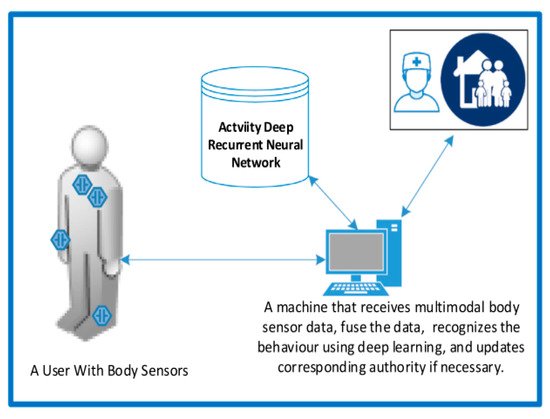
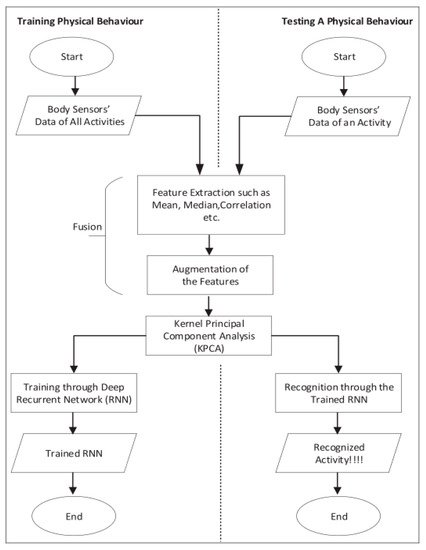
| 类型 | 图解的 | 应用 | 优势 |
|---|---|---|---|
| 气体传感器 | 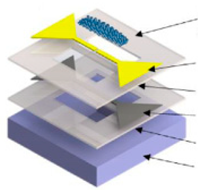 |
多传感器数据读取和分析, 模拟/数字 信号处理, 无线通信 |
体积小, 功能强大 |
| 声传感器 | 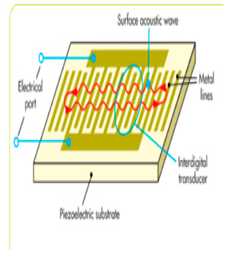 |
语音识别 算法改进 多信号处理 |
方便 的双向 广泛 |
| 可穿戴传感器 | 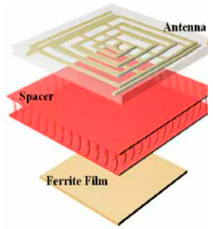 |
人机交互 远程业务 无线通信 |
改善连接和交互 大商业价值 健康检查 方便 |
| 人体传感器 | 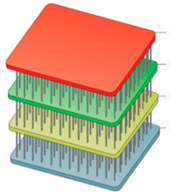 |
识别活动 身体检测 信号传输 |
健康检查 身体防护 方便存放 |
Future sensors and microelectromechanical systems (MEMS) will play an increasingly significant part in our daily lives as we enter the new era of intelligence and experience the rapid growth of technology. As a result, MEMS sensor systems integrate neural networks and artificial intelligence (AI), and the following iteration of sensors will have a distinct development trajectory. This essay explores the possibility of fusing MEMS microcantilever biosensors with neural algorithms, as well as the specific case of fusing AI with MEMS biosensors. As a sensor type with several benefits, including portability, affordability, and high sensitivity, its integration with the Internet should go beyond the use of neural networks and instead help people interact with other objects in a variety of scenario applications.
